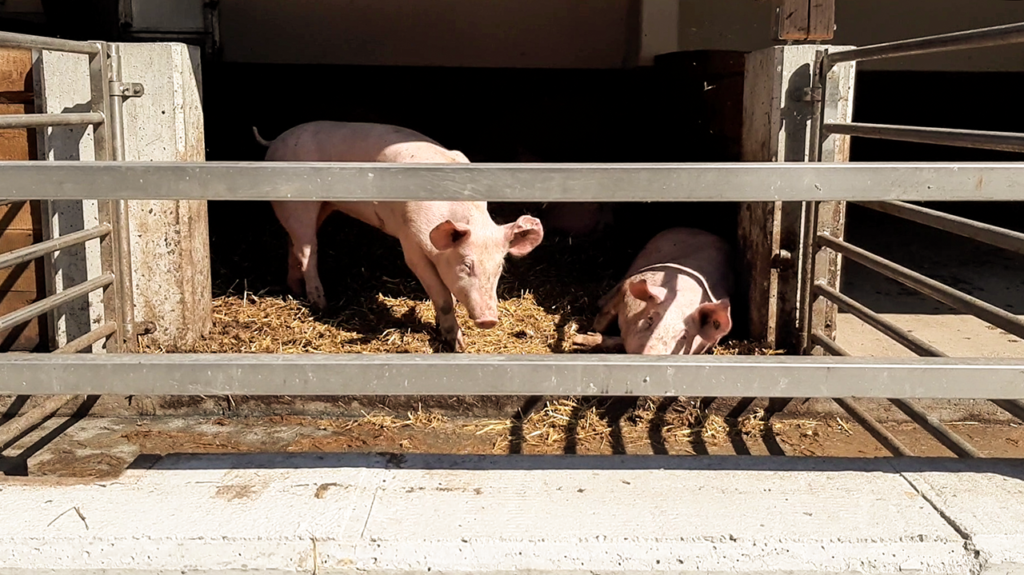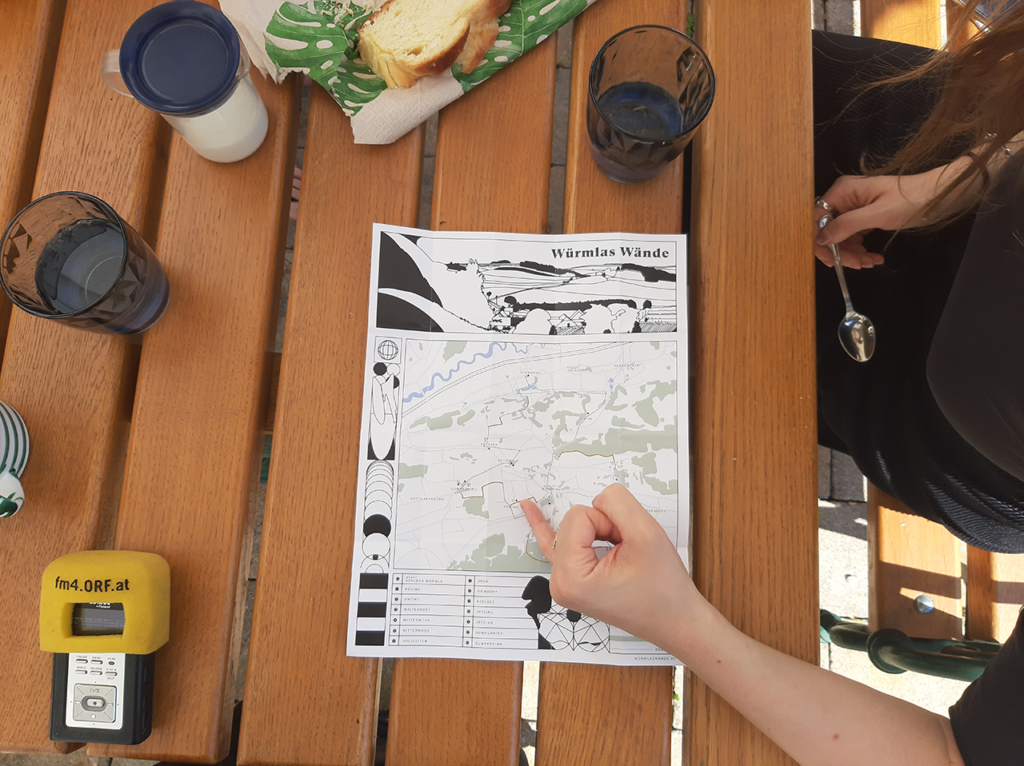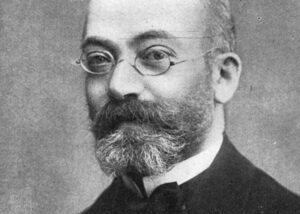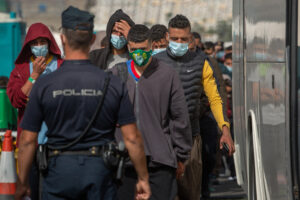Street art is usually found in big cities and not necessarily in communities with a population of just a thousand inhabitants. But in the rural town of Würmla in Lower Austria, urban-style art has recently been displayed on silos, barns and cider cellars. The artworks are also intended to serve as meeting places between town and country.
Vienna based artist Katharina Christine Herzog takes me to a pig farm in Pöding, a part of the community of Würmla in Lower Austria. We walk past the stables and the curious pigs grunt at us. In the inner courtyard of the main building Viktoria Eichinger is waiting for us. She is a farmer and an old childhood friend of Katharina’s.

30-year-old Viktoria studied in Vienna, but returned to Würmla where she grew up, and has since taken over her parents’ business. She has provided Katharina and her fellow student David Leitner with three silos as canvases for Würmla’s Walls. It is the final graduation project of Katharina and David, two graduates of the University of Applied Arts in Vienna, with which they have enriched the somewhat sleepy community with 13 murals in urban street art style.
Würmla’s Stories on Würmla’s Walls
“But we didn’t just draw anything up there,” explains Katharina. “We went to the wall owners’ homes, asked them if they wanted to participate and what stories they had to tell. We then illustrated these stories.”

On Viktoria’s farm, too, three food silos now tell a story. Depicted are a sowing hand, a sprouting maize plant and Aphrodite, the Greek goddess of beauty and fertility. Because: “Women have always played an important role on the Eichinger family farm,” the artist explains. “The women have always been here and the men have moved to the farm. And so it is again now: Viki has moved back to Würmla and her boyfriend from Steyr is moving here.”

Aphrodite on the silo holds a pitchfork as a symbol for agriculture in one hand, and in the other hand she holds a worm, because of the town’s name “Würmla” (Wurm means worm. The name Würmla might be derived from that.), and because of the significance of worms in agriculture. In addition, the goddess has hairy legs and wears a necklace with the Venus symbol: symbols of feminism and the generations of strong women on the Eichinger farm.
Contact Points Between City and Country
It was important for young farmer Viktoria to take part in the project: “Because as a returnee to the countryside, it became clear to me how important it actually is that there are points of contact between the city and the countryside.” That is precisely the goal of “Würmla’s Walls”, says Katharina: “It is very important to me that exchange between city and country can take place in the project, that meeting areas are created and stereotypes are cleared away”.
We continue our tour to the farm of artist Katharina’s parents. Nearby are three cider cellars, two of which are dilapidated and have served as a canvas for David and Katharina. The cellar on the left belongs to the Novak family, neighbours of the family. A samovar – a Russian tea kettle – can be seen on a table. Next to it are jars of cider, biscuits and sweets are scattered loosely around the samovar.

The story behind it: The current owner’s great-grandfather had once returned home from Russia as a prisoner of war after the Second World War, and had experienced a lot of hospitality on the difficult way back home. “No more doors will be locked in our house,” the great-grandfather is said to have said after these experiences. To this day, the Novak family is known in the community for their hospitality and their always open doors.

The other cellar belongs to the Herzog family – Katharina’s family. The motif on it: a tomato plant on which raspberries, currants and cherries also grow. “That doesn’t normally happen,” says Vroni Herzog, Katharina’s mother, about the odd and fantastic plant. “It’s just the same with our family: the children have turned out differently than you might imagine as a parent in the country. But they are all special.” “Like a grafted plant?”, I ask, alluding to the motif. “Exactly. That’s one way of looking at it,” Mrs Herzog replies.
30 Stories on 13 Walls
“Würmla’s walls” were created from April to December 2019. 700 square metres of facades, walls and silos were embellished with 100 litres of paint and 80 spray cans. Thirty villagers were interviewed and their stories portrayed in 13 motifs. A 20-kilometre-long circular walk leads past all the “rural urban murals”.

Katharina does not yet know exactly how the project will continue. Maybe there will be more murals. Perhaps in other villages as well. In any case, she hopes that her idea can bring town and country a little closer together. A book about the project will be published soon, with interviews and photos of the artworks created. There will also be a short documentary about the project, which will be shown at the frameout festival in Vienna’s Museumsquartier on 7 August 2020.
Published on 22 July 2020 on fm4.ORF.at,
on 23 July 2020 as a radio feature in FM4 Connected and the FM4 Morning Show,
and as video on FM4’S Facebook page.
The embedded video was filmed by me with a mobile phone.



